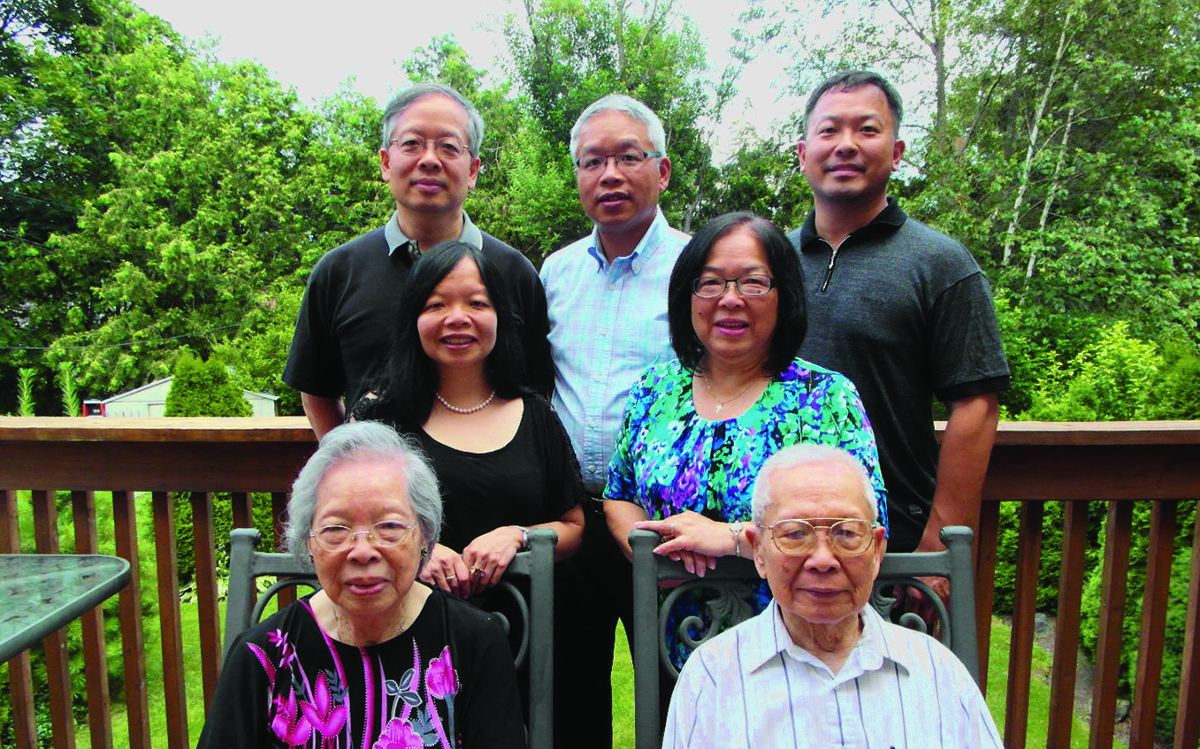In this good news article, I’m really only the reporter.
The Donwood Institute was founded in 1967 by Dr. Gordon Bell and was located beside the peaceful ravine setting on Brentcliffe Rd. in North Leaside. Although one of Canada’s first addiction treatment hospitals, this nine-acre site fell victim to the Centre for Addiction and Mental Health’s (CAMH) restructuring plans and was closed in 2008.
When news of its pending closure surfaced in 2007, it became a major provincial election issue with then candidates Kathleen Wynne and John Tory, both vowing to keep the property in public hands. Many North Leaside residents were wary of the election promises, still fearing the site would be sold for condo development.
Since becoming a councillor in late 2014, I have had a stream of inquiries about its fate. The presence of land surveyors and construction vehicles only stirred the pot of curiosity and concern.
One year ago, I held a community meeting with Bellwood Health Services to inform the community of the new tenant’s important – and welcome – health-care facility plans. A $7 million renovation ensued and Bellwood formally opened its doors at the beginning of November. The 88-bed facility, which is part of the Edgewood Health Network, offers treatment for addiction, PTSD and eating disorders.
Like the many residents who reached out to my office, I am relieved and very pleased with this outcome. I was largely a bystander in the process, so thanks should be directed to our MPP, Premier Wynne, who was insistent that the lands not be sold, as well as to Chris Dawson, the CEO of the Edgewood Health Network, who worked tirelessly since 2009 to bring his dream to reality.
(To read more about the Bellwood opening, read our feature in this issue by Geoff Kettel.)
Ward boundary review
Following in our provincial and federal counterparts’ footsteps, Toronto underwent a “boundary review.” Since the last review in 2000, Toronto has seen unprecedented growth of 30,000 new residents per year. However, the growth has been very uneven; some wards have as few as 44,000 residents while others boast as many as 100,000+. Ward 26 has almost 70,000, which makes our ward larger than the City average.
The overarching goal is one of “effective representation,” which in many ways comes down to voter parity, namely, that each citizen’s vote has roughly the same weight.
In late spring, the City’s independent consultants suggested that we add three more councillors, thereby increasing our total from 44 to 47.
Mayor Tory was very much opposed to adding politicians and asked the consultants to find a way to make 44 councillors a viable format. While this would have been my preference, the consultants were unable to draw the boundaries such that Leaside wouldn’t be divided into two different wards.
Many residents, including the LPOA, expressed deep concerns with the 44-ward option. Given that the goal was voter parity while maintaining communities of interest, as well as observing natural and physical boundaries, I supported the 47-ward option, which passed at Council 28-13. Leaside and Bennington Heights will remain intact as will the rest of Ward 26 with the exception of Wynford Heights.
Any resident can appeal to the Ontario Municipal Board, so the new boundaries may not be in effect until 2022.





